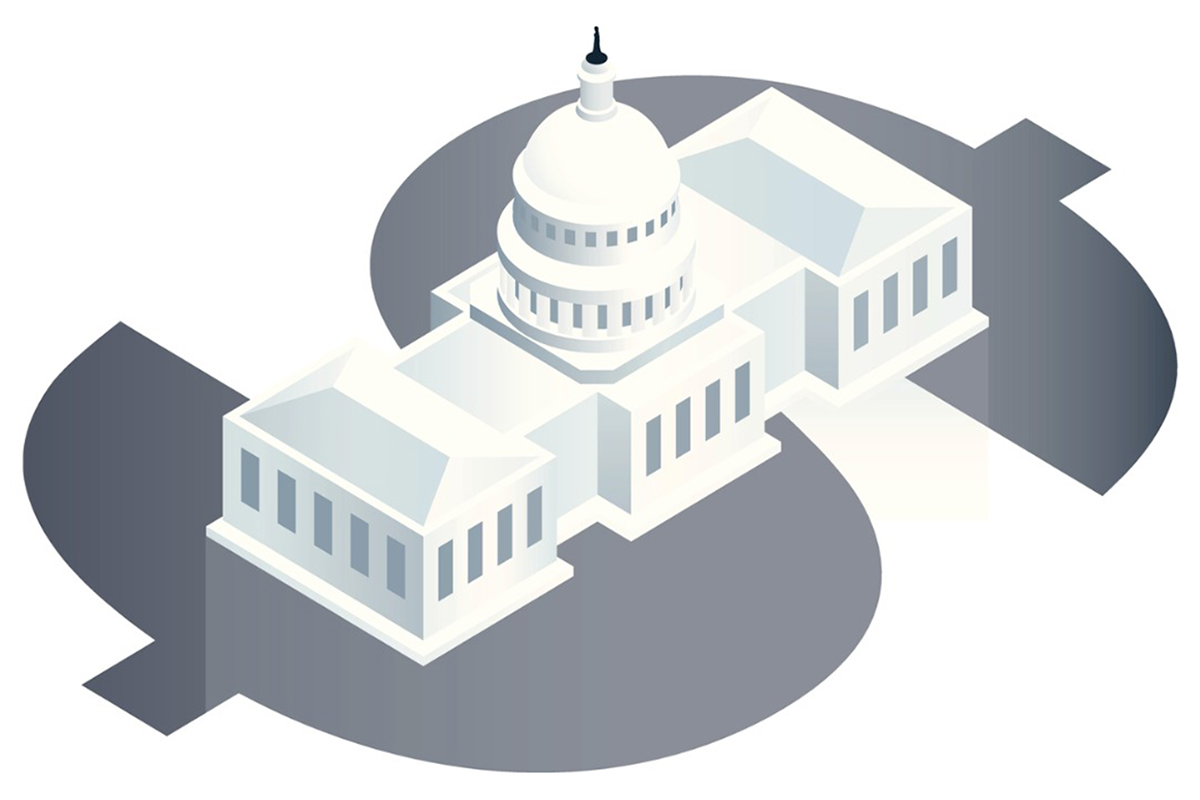What Is the DOL’s Plan If the Government Shuts Down?
Like most organs of the federal government, the Labor Department maintains an explicit policy for government shutdowns as a consequence of their frequency.

Most of the federal government is only legally funded through the end of this week.
Senate Democrats have introduced a continuing resolution that would keep the government funded until December 16. If a new budget or resolution is not passed by this Friday, the government would shut down and nonessential services without other sources of funding would be paused.
Attached to the continuing resolution is a provision that makes it easier for energy projects to receive environmental approval, and would lead to the approval of the Mountain Valley Pipeline, a 300-mile-long natural gas pipeline project in West Virginia and Virginia.
This provision is the product of a deal reached by Senator Chuck Schumer, D-New York, and Senator Joe Manchin, D-West Virginia, to secure Manchin’s decisive vote earlier this year on the Inflation Reduction Act.
It is unclear if the resolution can pass with the rider or if it will be dropped for the time being. It has already attracted opposition from Senator Bernie Sanders, I-Vermont, who circulated a “Dear Colleague” letter last Friday that describes the rider as a “disastrous side deal introduced by Senator Manchin” and highlights the negative effect it would have on the climate and environment.
In the absence of the resolution, however, many government services would cease to operate.
The Department of Labor, like other departments of the federal government, maintains a contingency plan in case of government shutdowns as a result of their increasing frequency. The plan is called a “Plan for the Continuation of Limited Activities During a Lapse in Appropriations.”
The document outlines the services that the DOL would continue to provide, either because they are essential or because they receive funding from a source outside of Congressional budgets.
One such example of a DOL organ that has alternate funding is the Pension Benefit Guaranty Corporation, which is funded by insurance premiums paid by sponsors of defined benefit pension plans as well as by the assets the PBGC controls when it takes over a failed pension. The purpose of the PBGC is to continue pension payments to beneficiaries of private DB plans whose plan has failed. Since its funding does not require a new annual appropriation, the PBGC can continue to function as normal, similar to how programs such as Social Security continue to function since they have alternate funding.
Because of statutory requirements, the DOL would also administer policies essential to the protection of life and property from imminent threat, such as monitoring and responding to unsafe working conditions and child labor reports, as well as investigations and inspections of high-hazard industries.
The Employee Benefits Security Administration would see most of its services close during a shutdown. However, it would still be able to pursue criminal action under the Employee Retirement Income Security Act, and could pursue civil actions that are necessary to protect life, such as an action to restore “retirement benefits necessary for the purchase of life-sustaining necessities.”
Bradford Campbell, a partner at Faegre Drinker Biddle & Reath, and head of EBSA from 2006 to 2009, says that EBSA could also take actions necessary to meet judicial deadlines that were set prior to the shutdown.
EBSA would also be able to bring actions under the No Surprises Act, which is funded by supplemental appropriations and was established to prevent certain surprise medical bills from out-of-network providers and ambulances.
The DOL would suspend nonessential services that do not have independent funding. This includes the Bureau of Labor Statistics, the Office of Disability Employment Policy, the Women’s Bureau and the Veterans Employment and Training Service, among others.
You Might Also Like:

Su Defends DOL Budget Request at House Hearing

DOL Asks Plan Administrators to Provide Participant Data for Lost and Found

OMB Finishes Retirement Security Proposal Review, Final Rule Incoming
« Analysis of American Workers Shows Retirement Plan Type Influences Spending Habits